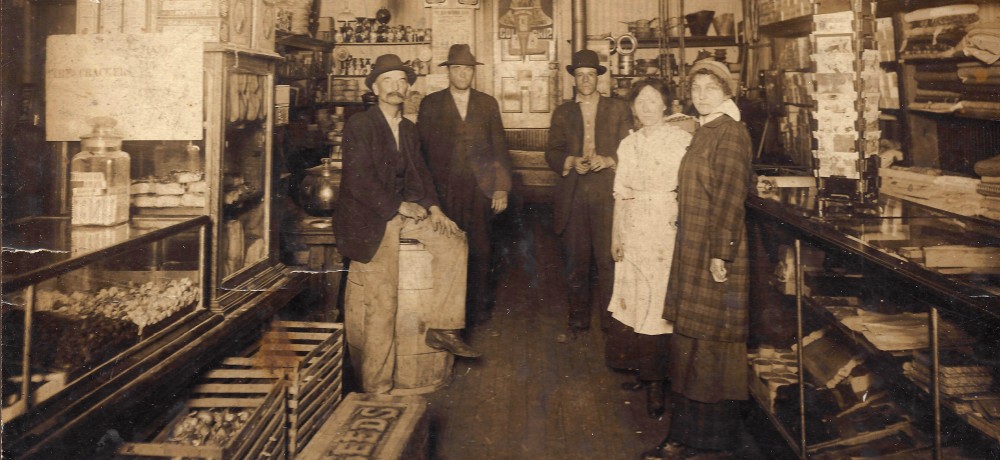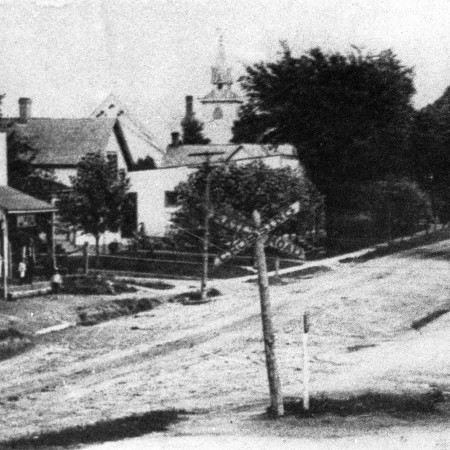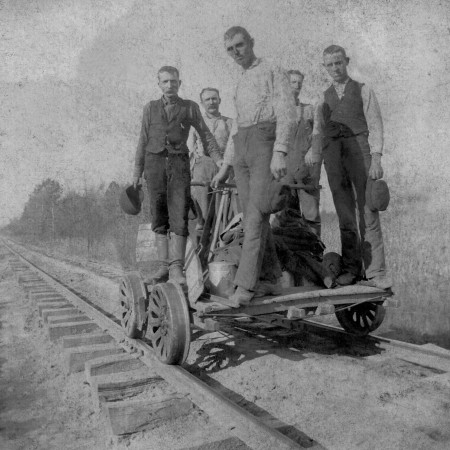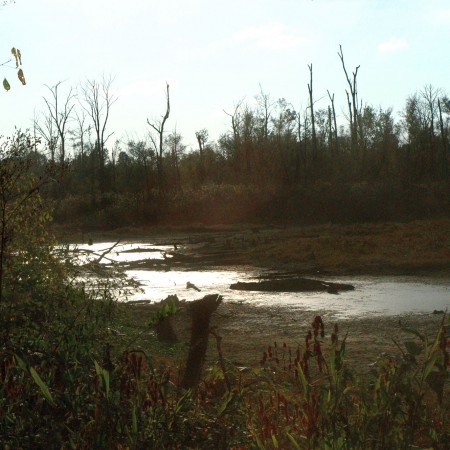History
Indiana is known as the Crossroads of America. Chandler shares in the Hoosier State’s transportation history, from canals to railroads, and the area’s deep coal mining roots. Built on a foundation of community and service, Chandler remains true to its cooperative past while continuing to grow and flourish.
As a small community named Lee, Chandler got its beginnings when settlers made their home here in the early 19th century. In 1847, Lee opened a Post office to serve its residents. By that time, a portion of the Central Canal (a piece of the Wabash and Erie Canal) was completed just outside of town that connected nearby Evansville with present-day Worthington. The canal system was never fully completed, having met its doom with financial problems and competition from the railroad boom, but part of the canal remains today along with the old tow path, aptly named Tow Path Road.
In 1874, Lee officially became Chandler. The town got its new moniker from O.E. Chandler, the foreman of the Lake Erie, Evansville & South Western Railroad, which had completed construction on a new railway through town the year before. Using the creek bed from the failed Wabash and Erie Canal, L E E & S W RR created a rail line from Evansville through Chandler and on to Gentryville. Although the line is no longer used for passenger travel, Norfolk Southern still operates cargo trains on a portion of the railway that follows the Central Canal. The former Chandler Depot also remains, although it now serves as a private residence.
In 1875, the first underground coal mine in town opened, Chandler Mine. Warrick County lies on the eastern edge of the Illinois Basin, making it a vast coal resource; once the use of coal became mainstreamed for locomotives (and later, for generating electricity), companies flocked to the area to begin mining operations. Chandler was no different, with six different underground mines having operated here at various times over nearly a century. No more than three underground mines operated at any one time in Chandler; the Erie Canal/Air Line Mine had the longest history, having operated for 40 years before shutting down in 1937.
By the mid-1940s, all but one mine had shut down. This allowed for above-ground development, and the construction business boomed. Within a five-year period, houses sprung up like mushrooms and the population more than doubled.
In 1953, the town became incorporated, and three trustees and a clerk-treasurer were elected to lead the citizens of Chandler. For the next two decades, town officials and residents worked to organize and equip a volunteer fire department, improve streets and install street lights, construct water wells and a water treatment plant, complete a sewer treatment plant and system, and purchase a building to house town offices.
For the past 40 years, residential, commercial and industrial development has remained slow and steady. Infrastructure improvements have the town primed for future growth, both within and outside of its corporate boundaries. A lower cost of living, ample green space, and civic-minded clubs, churches and organizations all provide a great quality of life for Chandler residents today.
Looking to the future, the town adopted its Comprehensive Plan in 2013. Several projects have already been started or completed, with officials actively pursuing funding and resources to complete others. Many of the plan’s goals include improvements to the town’s park system, with projects like the construction of a splash pad, gymnasium, soccer fields, and implementation of a trail system. Other goals aim to centralize civic offices, beautify Chandler, and provide a better variety of housing options.



